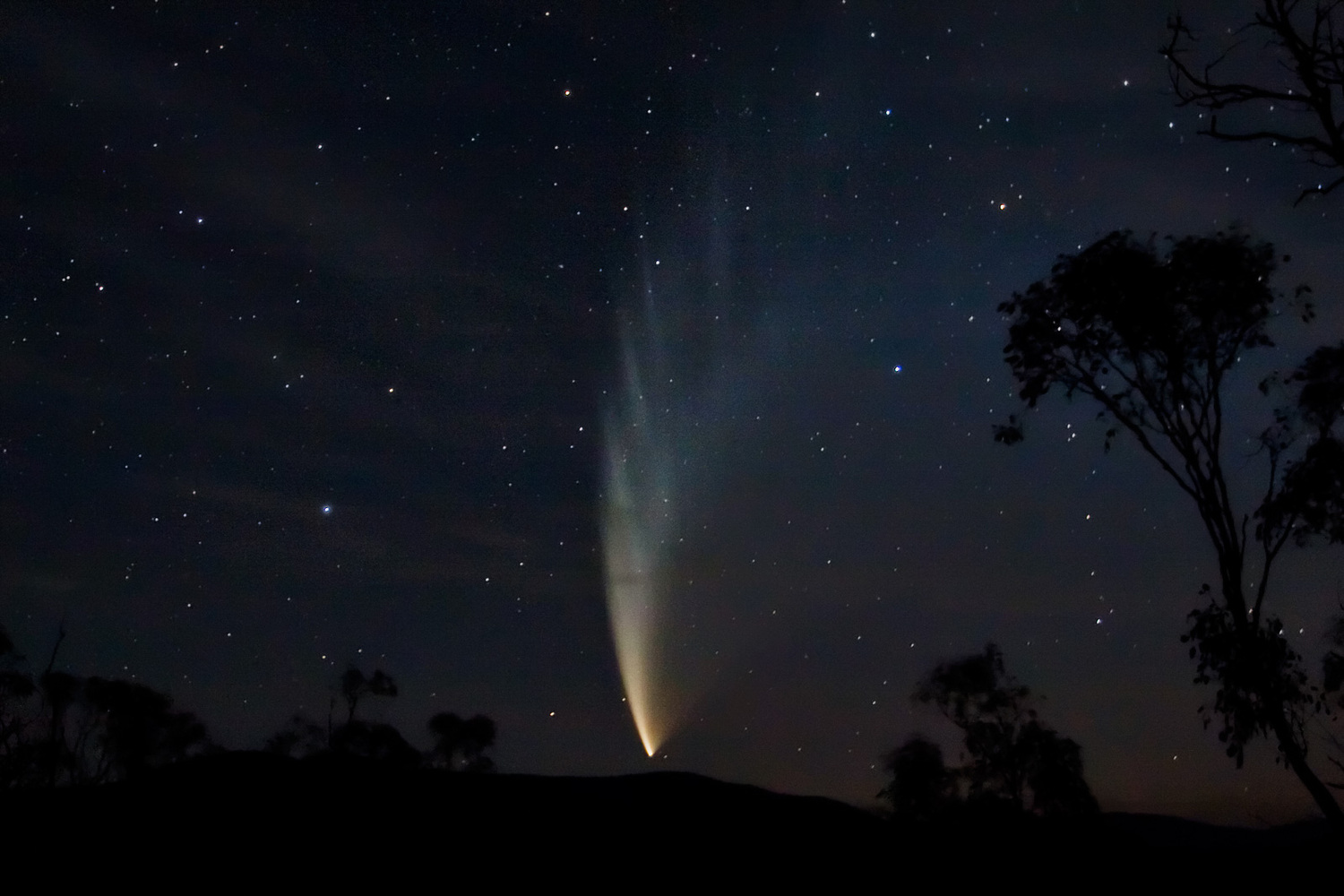 Chris - Dominic, what are your big picks for 2014?
Chris - Dominic, what are your big picks for 2014?
Dominic - Well, I guess for me, the question of what I'm looking forward to in 2014 is actually quite easy because it's a year I've been looking forward to for about a decade. Back in 2004, European Space Agency launched this spacecraft called Rosetta which was going to be the first spacecraft to land on the surface of a comet. This is comet 67P/Churyumov-Gerasimenko. It's quite a mouthful. But 10 years ago when they told us it was going to be 2014 before Rosetta would land on the surface of this comet, of course, it seem like it's going to be forever away. And now suddenly, here we are 2014. In fact, in just 3 weeks time on January 20th, they're going to wake up this spacecraft and it's going to start its decent towards this comet, which it should meet in around about May, they're going to burn its thrusters and put it into orbit around this comet. This is a really exciting year ahead because in August, they are hoping to make a really quite close approach to this comet and see what its surface looks like. They're expecting it to be snowy sort of surface with some rock in there. They're not quite sure how much rock versus snow they're going to see. And then all being well in November, they're going to deploy a small landing craft. It's actually going to go down the surface of this comet. It's got lots of springs so it would help to have a soft landing on this snowy surface. This is a comet which is travelling towards the sun, a bit like comet ISON which of course was in the news last month but didn't survive its encounter with the sun. Now, Churyumov-Gerasimenko is not having quite such an exciting encounter. It's being picked I guess the safe bet. It's an active comet, but it's not too active. And so, in 2015, its surface is going to start warming up as it moves towards the sun. It'll be interesting to start seeing that snow subliming into the vacuum of space. This comet will start form a tail and of course, we'll have this thing actually on the surface of this comet, seeing this stuff boiling off the surface. In August 2015, it's actually going to be at closest approach to the sun and we'll hopefully see really interesting things about how comets behave that close to the sun.
Chris - What can you tell us about this comet's history and origins?
Dominic - Well, it's a bit of a safe bet. It goes around the sun every 7 years. It's not a tremendously active comet. It's active enough that we expect to see processes happening on the surface. Comets in general are fascinating because they come from the outskirts of the solar system. We think they're quite primordial material. This is the sort of stuff that the planets were made out of before the sun warmed them up and cause some of the water to sublime off into space and cause chemical reactions to start. So, both understanding the chemistry of what the comets are made of, but also, how they behave when they get close to sun, they get hot and they start to form tails, which we've never really had a good idea of. So, when we look at comets like ISON, we have no idea whether they're going to survive the encounter with the sun.
Mark - Besides hanging for grim death, what measurements is this lander going to take? What sort of things is it actually going to see in detail on the comet's surface?
Dominic - I think one of the most fascinating things for everyone really are just going to be the pictures that we see. So, I don't think we have a great idea what the surface of the comet looks like. But it's also going to be measuring the ions in the vicinity of the spacecraft and thus, looking at what chemical species are coming off the surface. Is this pure water? Are there other volatile elements? Are there hydrocarbons like ethane, methane in there? Thus, finding out what this comet is really made of down on the surface.
Chris - It's going to be interesting year then, isn't it?
Dominic - Absolutely fascinating. I mean, nothing like this has happened before. We've had spacecraft fly past comet Halley, but flying past it is very different thing from actually being there on the surface and seeing the surface of this incredible object.
Chris - Mind boggling to think we're actually able to put things on things like comets these days. Thank you, Dominic.









Comments
Add a comment